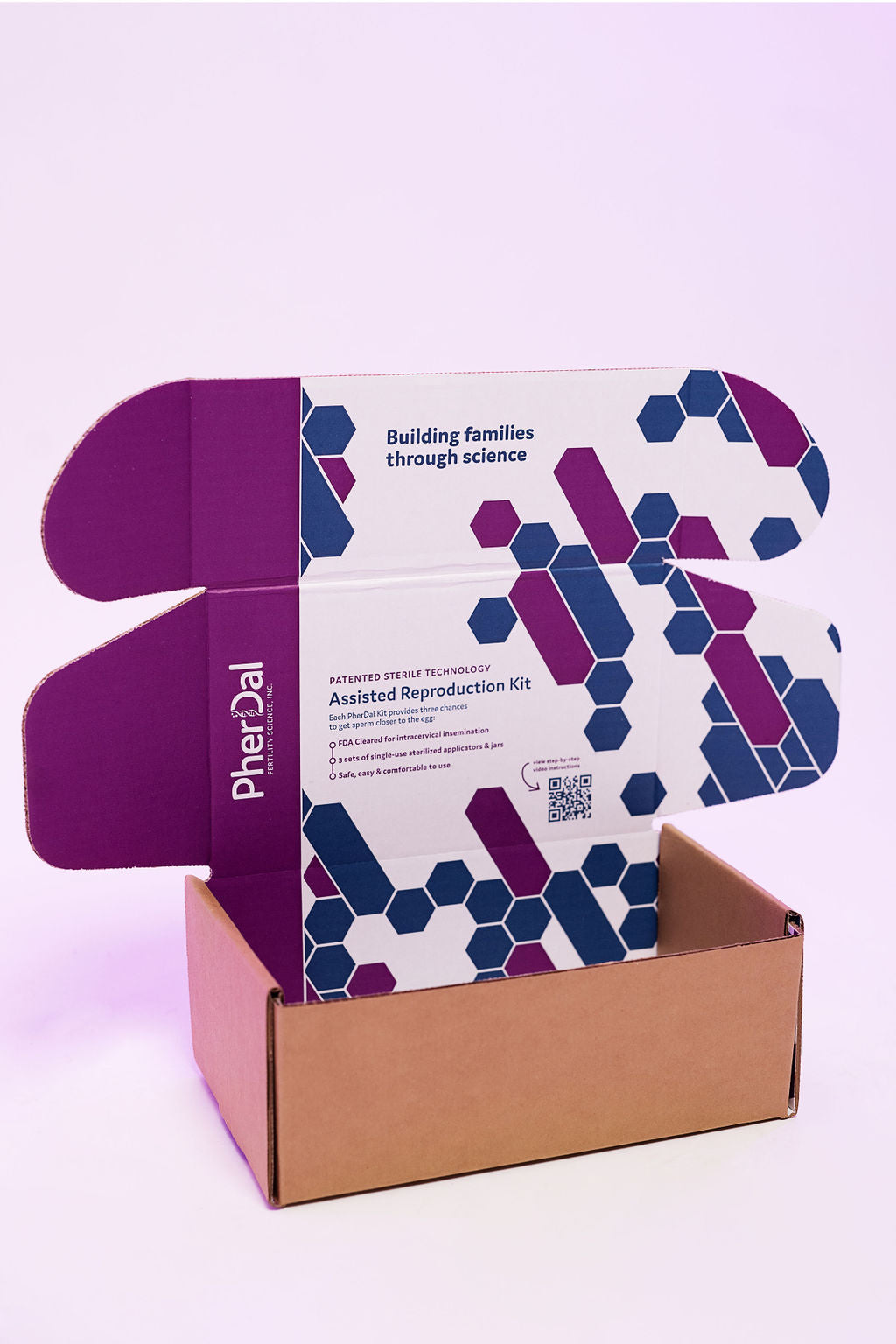If you’re struggling to conceive or want to become a single mother by choice, your highly personal situation is likely facing some very real economic realities. Fertility treatments can be expensive, and even outpatient procedures like IVF can cost thousands of dollars for a single attempt. Without a doubt, people looking for fertility treatment will need to explore all their options to find a strategy that balances out their unique physiological and economic challenges.
The most common solution is medical insurance, but support can be highly contingent on specific coverage details such as your employer, geographical location, and possibly sexual orientation or family status. These details can force people to come up with risky and stressful ideas, such as crowdfunding or taking out a sizable loan.
Fortunately, with the right strategy, it’s possible to make the most of your finances and available options by making informed decisions about what products and price points offer the best first steps in overcoming fertility issues. There are a surprising number of answers that are neither expensive nor highly invasive, and these easy and affordable options can deliver thrilling results for prospective parents with limited budgets. Regardless of your situation, you deserve to be able to have the family you’ve been dreaming about, and with a little understanding of how to maximize your investment options, you’ll have the best shot at making it happen.
First Things First: Insurance
Your insurance provider could be a huge help or a huge hindrance. Expensive and complex in-clinic procedures such as intrauterine insemination (IUI), in vitro fertilization (IVF), and egg freezing rarely receive approval for coverage from insurance companies because infertility treatment is not categorized as “medically necessary.” For instance, IVF is often only covered if you have had a medical event like cancer that renders you infertile, and even then, policies vary by provider and state.
As dry as it sounds, start by reading the summary of benefits in your insurance plan, since it should explicitly mention reproductive healthcare. You can also contact your insurance provider directly or with an HR representative at work to learn about this coverage.
Your Boss Calls the Shots
If you have insurance through your employer, the coverage they choose controls how much you have to pay across your fertility journey. The total that employer-provided insurance actually covers is case-by-case, which is why it’s crucial to familiarize yourself with your plan inside and out, fine print and all.
American companies are slowly beginning to include infertility treatment in their insurance plans for employees, to a degree. One such company is Starbucks, which will pay up to $10,000 in fertility drugs and $25,000 in fertility treatments for their employees. Most businesses tend to cover initial fertility testing, but more often than not, insurance stops short, so it’s tough to rely on that financial backing.
Less than half of businesses cover up to 50% of one IVF round, with the remainder covering even less than that. 31% of larger businesses (500 or more employees) offer “fertility coverage,” though this phrasing is intentionally ambiguous. Any treatment past diagnosis is rarely included, and hidden costs (medications, appointment co-pays, labwork, etc.) are on you.
Location Plays a Part
Yes, your zip code has the potential to determine whether your infertility treatment can be funded by insurance or out-of-pocket payments. 20 states currently mandate insurance companies to cover the earlier phases of infertility and 14 of them mandate full insurance coverage of treatments like IVF. But the rest of the country doesn’t require insurance companies to pay for any kind of infertility treatment.
People who do live in a state with mandated coverage for fertility issues aren’t granted that right if they work for a small, federal, or self-insured company. Your job and home state must both meet the requirements outlined by these non-federal regulations, further shrinking the covered patient group.
Privacy Becomes a Privilege
In addition to professional and residential factors, a handful of states have written intentionally discriminatory language into their insurance laws: Arkansas, Hawaii, and Texas only necessitate coverage of IVF when the couple in question is fertilizing the wife’s eggs with the husband’s sperm. Of course, this stipulation disregards sperm donors or external surrogates (eye roll). LGBTQIA+ folks and single mothers by choice aren’t always protected on this front.
Financing for fertility treatments goes far beyond a simple charge to your insurance company, especially when insurers prefer to split hairs and add extra complications to your experience with infertility instead of spending the money necessary to assist those in need.
Other Ways to Pay… and Treat
If conventional financing options fail, getting creative might make good things happen. There are several alternative ways to fund your infertility treatment:
-
Financing programs extend monetary support, which typically has to be repaid.
-
IVF “lotteries” reward winners with paid treatments.
-
Fundraising websites can organize donations from friends and family.
Feeling defeated yet? You’re not alone. The fact that we have lotteries for infertility treatments is grim, to say the least. And the collective shame associated with asking for financial assistance on a platform like GoFundMe serves as a sad reminder that infertility treatments are out of reach for too many hopeful parents.
Fortunately, there are several first-step options out there that are both groundbreaking in the fertility industry and highly affordable. One of the most promising options is an FDA-cleared intravaginal insemination (IVI) kit. High-quality, in-home, sterile, FDA-cleared IVI kits offer people the chance to conceive without breaking the bank. They cost thousands less than IUI and IVF treatments, are non-invasive, and can be self-administered in the privacy of your own home. It’s a first and best option for many potential parents who just need a little boost along the way.
The Future Is PherDal
I was handed a loan application to take out $10,000 for fertility treatments immediately after being diagnosed with unexplained infertility at my first REI appointment. Instead, I made the PherDal kit using my PhD in biology!
When it worked, I started PherDal to help people overcome the challenge of infertility, which includes access to affordable treatment options. Having been through it myself, I know exactly how painful and difficult it can be, and I’ve made it my mission to help other budding parents exhaust all their options before investing in costly and invasive options. Our insemination kit is the only sterile, FDA-cleared option on the market, with multi-patented sterile applicators to keep your microbiome safe. For less than $200 per kit, you have three separate chances to get pregnant—more than any other kit on the market.
At PherDal, our goal is to keep money in the bank for your family, not costly fertility treatments. Regardless of your insurance, location, or sexuality, we’re here for you all the way. Visit us today to find out how to make the most of your options.





